ARM Laptops in 2025: The End of x86 Dominance?
In 2025, ARM laptops have gone mainstream, displacing traditional x86 models from Intel and AMD. This guide explains why ARM is now the top choice for efficiency, battery life, and AI, how Apple's M4 and Qualcomm's Snapdragon X Elite changed the market, and which ARM laptops are best for you.
In 2025, the laptop market is undergoing one of its most dramatic shifts in decades. What was once an exotic option has gone mainstream: ARM laptops are no longer niche devices and are quickly displacing familiar x86 models from Intel and AMD.
What Is an ARM Processor in a Laptop?
To understand why ARM laptops are trending, it's important to look at the technology itself.
ARM Architecture Explained
ARM is a processor architecture designed from the start for energy-efficient devices. ARM chips operate on the RISC (Reduced Instruction Set Computer) principle-fewer basic instructions, executed faster and with less power.
In contrast, x86 (as used by Intel and AMD) is a CISC (Complex Instruction Set Computer) architecture-more versatile, but with higher energy demands and complexity.
- x86: Versatility, but higher load and power consumption.
- ARM: Efficiency, longer battery life, and optimization for specific tasks.
This is why ARM dominated smartphones, tablets, and wearables-where battery life matters more than raw power.
ARM Laptops: From Experiment to Mainstream
ARM laptops have been attempted before, such as Microsoft's ill-fated Windows RT in 2012, which suffered from limited functionality and poor software compatibility. The game-changer came in 2020 when Apple launched the first MacBook with its M1 ARM chip, proving ARM could outperform even high-end Intel Core i7s.
By 2025, ARM laptops are a full-fledged category, including:
- Apple MacBook Air and Pro (M2, M3, and new M4 ARM chip models)
- Windows laptops with Qualcomm Snapdragon X Elite
- Samsung, Lenovo, and HP devices with optimized ARM chips
Why Are ARM Laptops So Well-Suited?
- Energy Efficiency: ARM processors use less power, delivering 15-20 hours of battery life-compared to 7-9 hours for typical Intel laptops.
- Integrated Graphics & AI: Modern ARM chips feature built-in NPU (Neural Processing Unit) for AI tasks, a must-have as AI-powered software becomes the norm.
- Low Heat: ARM CPUs run cooler, allowing thinner, lighter, quieter laptops-often without fans.
- Rapid Ecosystem Growth: Apple releases new ARM chips every 1-2 years, Qualcomm is catching up, and even Intel and AMD are racing to adapt.
ARM vs x86: A Historic Turning Point
The default choice for laptops was always x86 (Intel or AMD). Now, for the first time, x86 faces real disruption:
- Apple has fully dropped Intel, switching its laptops to ARM.
- Microsoft is backing Windows ARM and Snapdragon X Elite.
- Software vendors are releasing ARM-native apps.
2025 marks the year momentum shifted toward ARM.
Apple and ARM: Leading the Charge
Apple is the catalyst for this revolution. The new Apple M4 ARM chip represents the pinnacle of ARM innovation in laptops:
- 12-core CPU
- Integrated GPU rivaling discrete video cards
- 20-22 hours of battery life
- Ultra-thin and cool chassis
Apple proved ARM laptops aren't just energy-efficient-they're top-notch for tasks from video editing to AI content generation.
ARM Laptops in 2025: No Longer Second-Class
- ARM processors deliver greater efficiency, battery life, and AI potential.
- Apple M4 and Qualcomm Snapdragon X Elite have set new standards, forcing Intel and AMD to catch up.
- For the first time, x86 is the underdog, not the leader.
ARM laptops are now a serious alternative to classic models, but to truly compare, let's look at ARM vs x86 in real-world scenarios.
ARM vs x86: Architectural Showdown
A Short History
For decades, x86 was the only choice for desktops and laptops, offering a rich instruction set and backward compatibility-but at the cost of complexity and power draw. ARM, designed for mobility and battery savings, wasn't seen as a PC competitor until Apple and Qualcomm changed the game.
Key Differences Between ARM and x86
- Energy Efficiency:
- ARM wins: up to 20-22 hours battery life
- x86 (Intel Core Ultra or AMD Ryzen): 7-10 hours on average
- Performance:
- x86 still leads in pure computational power and multithreading
- ARM is catching up-Apple M4 and Snapdragon X Elite now outperform many Core i7 and Ryzen 7 chips in tests
- Software Compatibility:
- x86: Full compatibility with all Windows/Linux software
- ARM: Requires adaptation/emulation, sometimes with a performance hit
- Graphics & Gaming:
- AMD Ryzen: Strong integrated graphics
- ARM: Improving, with Apple and Qualcomm integrating powerful GPUs
- Future Outlook:
- ARM is evolving faster, with strong vendor support
- x86 remains strong in gaming, workstation, and server markets
ARM vs Intel Laptops
Intel's new Core Ultra lineup features built-in NPU for AI and improved graphics. Still, Intel laptops average 8-10 hours of battery life, while ARM models reach 15-20. Apple's M4 easily outpaces Core Ultra 7 in efficiency, while Intel retains an edge in heavy multi-threaded workloads.
ARM vs AMD Ryzen Laptops
AMD Ryzen 8000/9000 focuses on strong graphics and gaming. Ryzen chips lead in raw power, but ARM delivers a smoother, more autonomous experience for office, streaming, and AI tasks. Gaming laptops remain AMD and Intel's territory for now, but ARM is making inroads.
Which to Choose: x86 or ARM?
- Maximum compatibility, gaming, professional workstations: x86 (Intel/AMD)
- Battery life, multimedia, AI, and portability: ARM
- macOS users: ARM is the only choice
Windows ARM Laptops in 2025
Not long ago, "Windows on ARM" was a punchline due to Windows RT's failure and sluggish early models. In 2025, the landscape has changed:
- Windows 11 on ARM now fully supports 64-bit x86 apps through emulation
- Major developers (Adobe, Autodesk, office suites) are optimizing for ARM
- Manufacturers like Lenovo, HP, and Samsung are building dedicated ARM laptop lines
Windows ARM laptops now rival MacBooks in battery life and silence, making them attractive for business and education.
Qualcomm Snapdragon X Elite: Apple's Main Challenger
A New Contender
Apple showed ARM could be powerful; Qualcomm showed it could be mainstream. The Snapdragon X Elite (launched in 2023) powers many 2025 laptops:
- 12-core ARM CPU
- Integrated GPU on par with entry-level discrete graphics
- NPU for AI, integrated with Windows Copilot
- Up to 20 hours of battery life
Snapdragon X Elite ended Apple's ARM monopoly, giving users a real choice: MacBook M4 or a Windows laptop from HP, Lenovo, or Samsung.
Apple M4 vs Snapdragon X Elite
- Performance: Apple M4 is faster for multimedia and AI; Snapdragon X Elite is closer to Intel Core Ultra in multithreading.
- Operating System: Apple M4 runs macOS (perfectly optimized); Snapdragon X Elite runs Windows 11 ARM (already stable, still improving).
- Battery Life: Both offer 18-20 hours per charge.
- Ecosystem: Apple excels for creative work; Windows ARM is more versatile for business.
Why Is ARM Displacing x86 Now?
- Major Industry Support: Apple and Microsoft are all-in on ARM.
- Tech Advances: ARM chips now match or exceed x86 in performance and battery life.
- AI Trend: ARM laptops with NPU handle on-device AI tasks more efficiently.
- Software Optimization: More apps are going ARM-native every month.
As a result, x86 is no longer the monopoly; ARM is a solid competitor, and Qualcomm's X Elite made Windows ARM a true MacBook rival.
Apple & ARM: From M1 to M4
Apple's first ARM MacBook (M1, 2020) was revolutionary. Each generation-M1, M2, M3-proved that ARM could be the foundation for a universal laptop.
Apple M4: Raising the Bar
The 2025 Apple M4 ARM chip marks ARM's coming of age:
- 12 CPU cores (8 performance + 4 efficiency)
- New 38-core GPU, rivaling RTX 4060 Laptop
- Faster Neural Engine (NPU) for generative AI and image processing
- Up to 48 GB unified LPDDR5X memory
Real-world tests show:
- 30% faster code compilation than M3
- 40% faster video rendering in Final Cut Pro
- Minimal heat even under heavy load-the chassis stays cool
Should You Buy a MacBook with ARM?
By 2025, the answer is clear: Yes.
- Apple no longer sells Intel laptops; all models use ARM.
- macOS and flagship apps are fully optimized for Apple Silicon.
- Most third-party software (Adobe, Microsoft Office, Blender) now runs natively.
Buying a MacBook with ARM is no longer experimental-it's the new standard.
ARM Laptop Performance
ARM laptops now match or beat x86 models in power.
Benchmarks & Testing
- Apple M4 scores over 16,000 in Geekbench 6 multi-core-comparable to Core i9-13900H
- Snapdragon X Elite scores ~14,000, similar to Intel Core Ultra 7
- ARM chips achieve this with lower power consumption
Real-World Scenarios
- Office & Productivity: ARM laptops are fast, smooth, and handle multitasking with ease.
- Video & Graphics Editing: Apple M4 outperforms many discrete GPU laptops in 4K editing.
- AI & Neural Networks: ARM chips with NPU accelerate Windows Copilot and macOS AI features.
Gaming on ARM Laptops
Gaming is a challenge for ARM laptops:
- macOS: Limited game support, though Apple is working on Metal and Game Porting Toolkit; most AAA titles remain Windows-only.
- Windows ARM: Better progress-x86 emulation lets you run older games, but with some FPS drops.
- Casual and esports titles run well (e.g., Fortnite, Valorant, Minecraft); AAA games like Cyberpunk 2077 and Starfield still have issues.
Bottom line: ARM laptops aren't for hardcore gamers, but are fine for mainstream and casual gaming.
Battery Life and Energy Efficiency
ARM laptops lead the pack in battery life:
- Apple MacBook Air M4: up to 22 hours video playback
- MacBook Pro 14 M4: 18-20 hours of active use
- Snapdragon X Elite Windows laptops: up to 19-20 hours
- Intel Core Ultra / AMD Ryzen laptops: 8-10 hours on average
Why Does ARM Win?
- Architecture Optimization: ARM executes fewer instructions, reducing power draw.
- Unified Memory: CPU, GPU, and NPU share memory, saving energy on data transfers.
- Hybrid Design: ARM's mix of performance and efficiency cores switches automatically to maximize battery life.
The Importance of Energy Efficiency in 2025
- Students need laptops that last a full day without charging.
- Travelers want enough power for a whole flight or trip.
- Businesses value long battery life for remote work.
Battery life is now the key reason ARM is overtaking x86.
Software Compatibility on ARM Laptops
Will your apps run on an ARM laptop?
macOS and Apple Silicon
- Rosetta 2 emulation lets you run x86 apps on ARM with almost no speed loss.
- Most software vendors have ported their apps to ARM.
- Nearly all pro software (Adobe, Microsoft Office, Blender, AutoCAD) runs natively.
For MacBooks, compatibility is a non-issue.
Windows ARM
- Windows 11 ARM now supports x86-64 emulation (was 32-bit only before).
- Many developers offer ARM versions (Teams, Chrome, Edge, Photoshop).
- Games and pro software run via emulation-sometimes with performance loss.
Office apps work flawlessly; Photoshop and Lightroom are on par with native versions; heavy 3D packages like SolidWorks may run slowly.
Linux on ARM
Linux communities actively support ARM (Ubuntu, Fedora, Arch), but niche software (like CAD) may require workarounds.
Pros and Cons of ARM Laptops
Pros
- 18-22 hours battery life
- Cool and quiet-many models are fanless
- Excellent for productivity, web, photo, and video editing
- AI accelerators (NPU) built in
- Lighter and thinner designs
- Superior software/hardware integration (especially on MacBook)
Cons
- Software compatibility-some Windows apps still need emulation
- Gaming-most AAA titles aren't ARM-optimized; lower FPS than x86
- Price-ARM laptops cost more than Intel/AMD equivalents
- Upgrades-memory and storage are usually soldered, not upgradable
- Ecosystem-ARM isn't yet a universal standard, so device choice is more limited
Best ARM Laptops of 2025
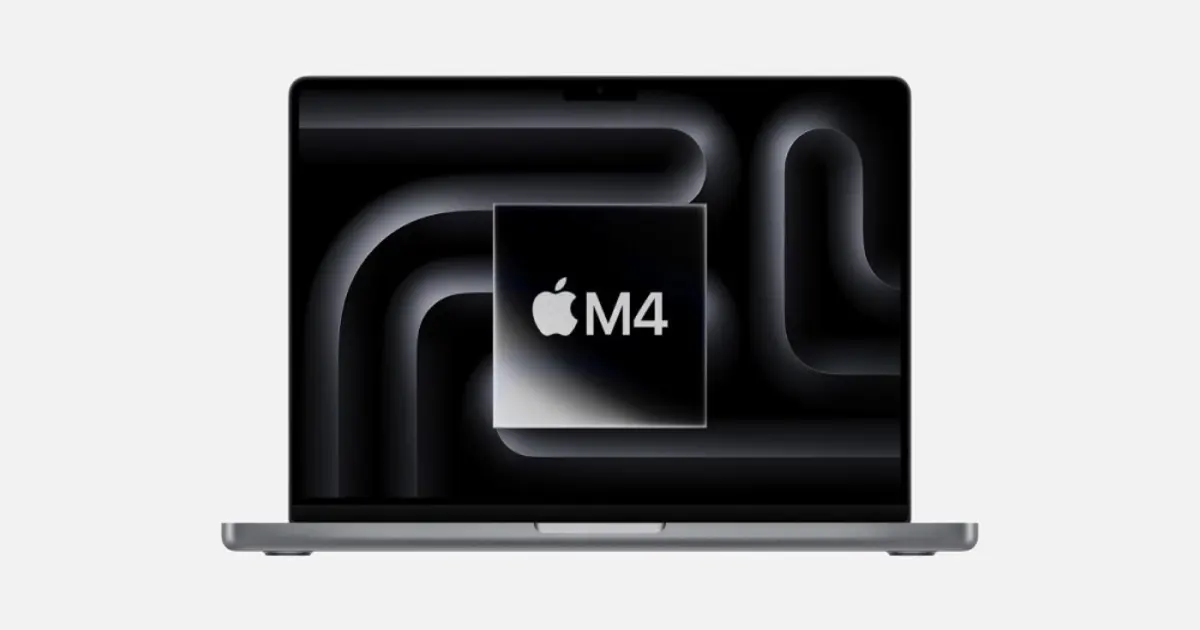
1. Apple MacBook Pro 14" (M4)
- Flagship ARM laptop from Apple
- Up to 20 hours of battery life
- 38-core GPU rivaling discrete graphics cards
- Ideal for designers, developers, and video editors
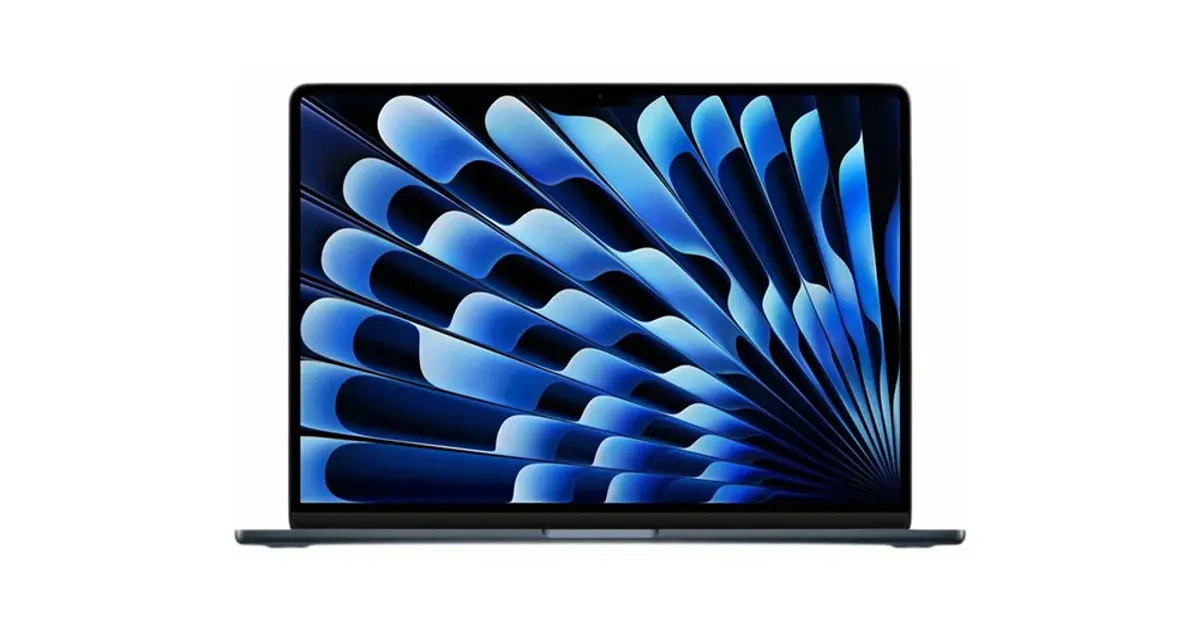
2. Apple MacBook Air 13" (M4)
- The most popular ARM laptop for study and work
- Up to 22 hours battery life
- Lightweight, thin, and silent
- Top choice for everyday users and students
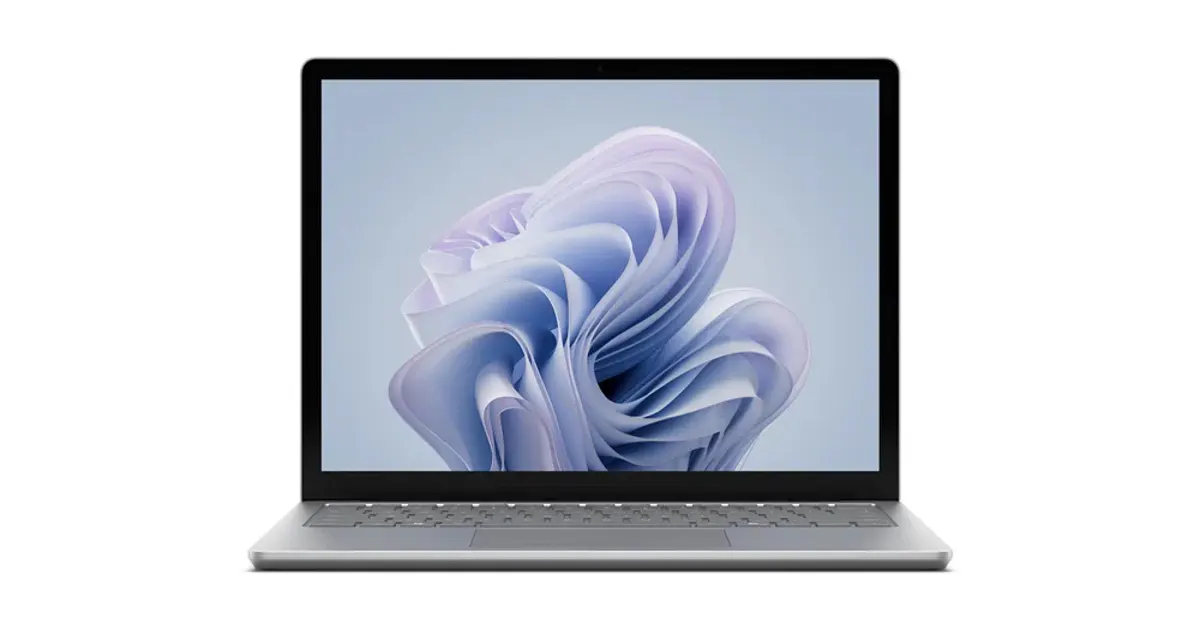
3. Microsoft Surface Laptop 6 (Snapdragon X Elite)
- First Windows ARM laptop to truly rival MacBook
- 19 hours battery life
- Excellent keyboard and display
- Great for business and office work
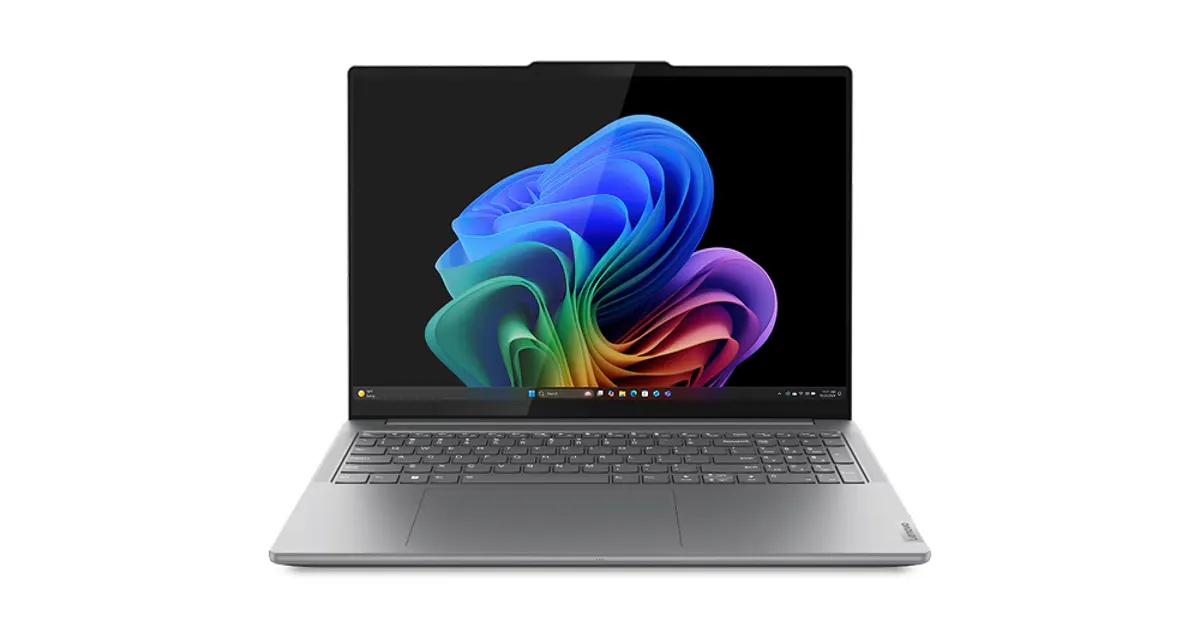
4. Lenovo Yoga X (Snapdragon X Elite)
- 2-in-1 convertible ARM laptop
- Stylus support, touchscreen
- Up to 20 hours battery life
- Ideal for students and creatives
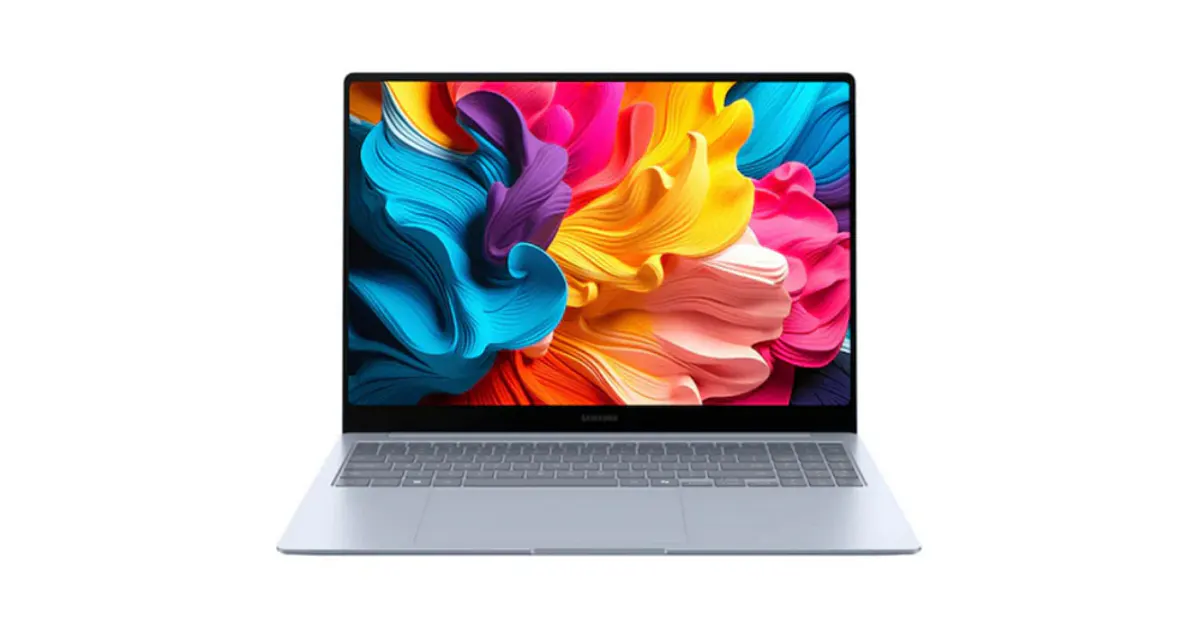
5. Samsung Galaxy Book ARM Edition
- ARM laptop in the Samsung ecosystem
- Great integration with Galaxy smartphones
- Up to 18 hours battery life
ARM Laptop Prices in 2025
How much do ARM laptops cost in 2025?
- Apple MacBook Air M4 - from $1,199
- MacBook Pro M4 - from $1,999
- Windows ARM laptops (Snapdragon X Elite, Lenovo/HP/Samsung) - from $999
- Surface Laptop 6 ARM - from $1,299
ARM laptops are a bit pricier than Intel/AMD counterparts, but offer longer battery life and new AI features.
Who Should Buy an ARM Laptop?
- Students and travelers-for extended battery life
- Freelancers and creatives-for performance in editing and graphics
- Everyday users-for quiet, lightweight daily computing
- Business professionals-for portability and all-day productivity
ARM laptops are no longer seen as alternatives-they are now the best choice for most users in 2025.
The Future of ARM Laptops
2025 marks the year ARM became mainstream. What's next?
Market Share Growth
Analysts from IDC and Gartner predict ARM laptops could reach 30-35% of the global market by 2027 (up from under 5% in 2020), driven by:
- Apple's continued investment in its M-chip lineup
- Microsoft's Windows ARM push and Copilot integration
- Qualcomm proving ARM laptops can be mainstream
AI as a Growth Driver
- Modern ARM chips include built-in NPU for on-device AI
- Enables local AI features (text, image, video generation) without cloud dependency
- Improves privacy and reduces internet reliance
Will ARM Fully Replace x86?
Unlikely. x86 will remain in:
- Gaming, where compatibility and GPU power matter
- Workstations for CAD, 3D, and servers
- Budget segments, where ARM is still pricier
But for most users-students, office workers, creatives-ARM is becoming the default.
FAQ
Why is ARM replacing x86?
ARM laptops last longer on battery, run cooler, have built-in AI modules, and are getting more powerful. x86 is still best for gaming and servers, but is losing ground in mobile computing.
ARM vs x86: Which to choose in 2025?
- Need battery life, lightness, multimedia, AI? Choose ARM.
- Need gaming and universal compatibility? Choose x86.
Can you game on ARM laptops?
Yes, with limitations. Esports and casual games run well, but most AAA titles are not yet optimized.
How's software compatibility?
- On macOS, almost everything is native.
- On Windows ARM, some apps run natively, others via emulation. Office work is fine; pro apps may have issues.
Should you buy an ARM laptop now?
If you're not a gamer or running highly specialized software, yes-ARM laptops offer more comfort and battery life.
Conclusion
- 2025 is a turning point: ARM laptops are a full alternative to Intel and AMD.
- Apple M4 shows ARM can compete with the most powerful x86 chips.
- Qualcomm Snapdragon X Elite brings ARM to the Windows ecosystem.
- Windows 11 ARM is finally stable and reliable.
ARM is overtaking x86 not through raw power, but through battery life, efficiency, and AI integration. x86 keeps some niches, but for the first time in years, it's no longer the default leader. That's why, in 2025, ARM delivers what users truly want: laptops that last longer, run quieter, and work smarter.